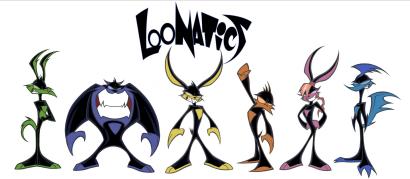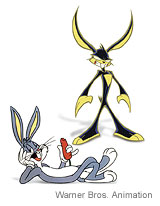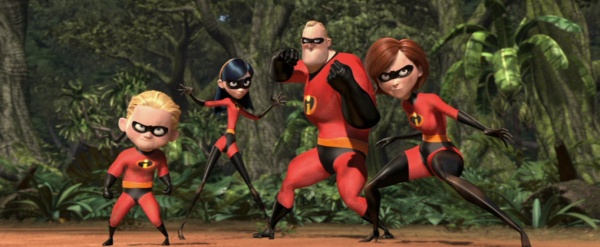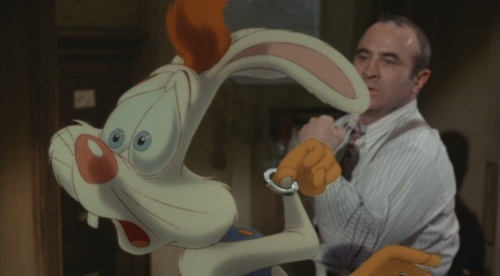Bambi (David Hand, 1942)
Bambi was the last great Disney cartoon. It was the last in his amazing run of features between 1937 and 1942 (following Snow White, Pinocchio, Fantasia, and Dumbo), and was in many ways the climax of that sequence. After Bambi the studio would never quite be the same again: a divisive strike, financial difficulties, and World War II would see Disney give up on true feature film production for the rest of the forties. For all their virtues, the features he would make later (starting with Cinderella in 1950) never reached the heights of these first five features. Bambi, with its cute baby animals and impeccable animation, is also probably the film that epitomises the common perception of Disney films.



